Low back pain
Back pain is very common: 80% of the UK population get back pain at some point in their lives. Many back problems start for no obvious reason, which can be very frustrating. Back pain can start suddenly or come on gradually. You may feel aching, hot, burning, shooting or stabbing pains in your back and sometimes into one or both of your legs. You may also get pins and needles. The pain can be worse with certain movements and can vary from day to day.
Back pain can be worrying but is very rarely due to any serious disease or damage.
Less than 1% of people with back pain have serious disease or damage or what we call specific back pain. We know that the spine is very strong and robust and is rarely damaged or seriously injured. Around 90% of back pain settles within 6 to 12 weeks.
10 Back Facts
1. Long lasting low back pain can be scary but it’s rarely dangerous
Long lasting back pain can be distressing and disabling but its rarely life threatening and you are very unlikely to end up in a wheelchair.
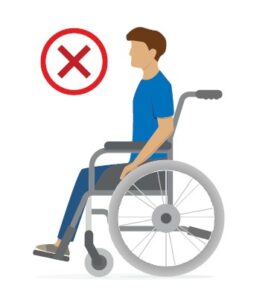
2. Getting older is not the cause of low back pain
Although it’s a widespread belief and concern that getting older causes or worsens back pain, research does not support this, and evidence based treatment can help at any age.
3. Long lasting back pain is rarely associated with serious tissue damage
Backs are strong. If you have had an injury, tissue healing occurs within 3 months so if pain persists beyond this time it usually means there are other contributing factors. A lot of back pain begins with no injury or with simple everyday movement. These occasions may be linked with stress tension fatigue inactivity or unaccustomed activity which makes the back more sensitive to movement and loading.
4. Scans rarely show the cause of low back pain
Scans are only helpful in a minority of people. Lots of scary sounding things can be reported on scans such as disc bulges, degeneration, protrusions, arthritis. Unfortunately, the reports don’t say that these findings are very common in people without back pain and that they don’t predict how much pain you feel or how disabled you are. Scans can also change and most disc prolapses shrink over time.
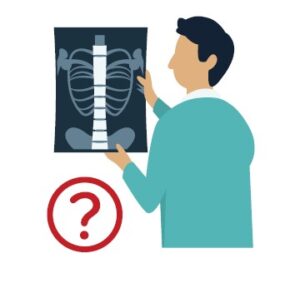
5. Pain with exercise and movement doesn’t mean you are doing harm
when pain persists, it is common that the spine and the surrounding muscles become really sensitive to the touch and movement. The pain you feel during movement and activities reflects how sensitive your structures are, not how damaged you are. So, it’s safe and normal to feel some pain when you start to move and exercise. This usually settles down with time as you get more active. In fact, exercise and movements are one of the most effective ways to help treat back pain.
6. Back pain is not caused by poor posture
How we sit, stand and bend does not cause the back pain even though these activities may be painful. A variety of postures are healthy for the back. It is safe to relax during everyday tasks such as sitting, bending and lifting with a round back, in fact it’s more efficient.
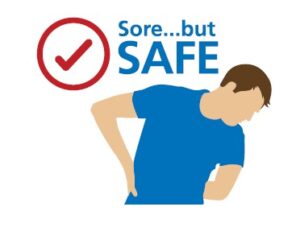
7. Back pain is not caused by a ‘weak core’
Weak ‘core’ muscles do not cause back pain, in fact people with back pain often tense their core muscles as a protective response. This is like clenching your fist after you’ve sprained your wrist. Being strong is important when you need the muscles to switch on, but being tense all the time isn’t helpful. Learning to relax the ‘core’ muscles during everyday tasks can be helpful.
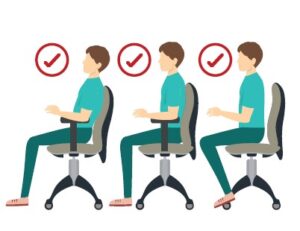
8. Backs do not wear out with everyday loading and bending
The same way lifting weights makes muscles stronger, moving and loading make the back stronger and healthier. So, activities like running, twisting, bending and lifting are safe if you start gradually and practise regularly.
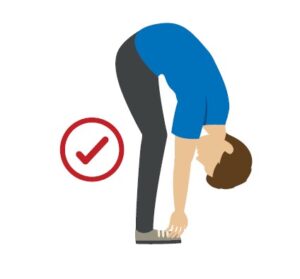
9. Pain flare-ups do not mean you’re damaging yourself
Whilst pain flare-ups can be very painful and scary, They are not usually related to tissue damage. The common triggers are things like sleep, stress, tension, worries, low mood, inactivity or unaccustomed activity. Controlling these factors can help prevent exacerbations and if you have a pain flare-up instead of treating it like an injury, try to stay calm relax and keep moving.
10. Injections chroma surgery and strong opioids usually aren’t a cure
Spine injections, surgery and strong drugs like opioids aren’t very effective for persistent back pain in the long term. They come with risks and can have unhelpful side effects. Finding low risks ways to put you in control of your pain is the key.
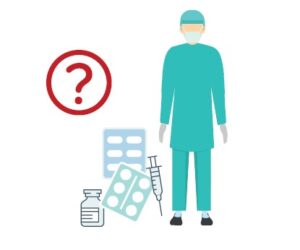
Patient information
What I can do to help my low back pain
What I can do to help my low back pain
- Keep moving, even if slowly at first.
- Keep living and working normally. This is important and is the best way to get better.
- Don’t worry if your back still hurts at work, consider doing light tasks at first, speak to your manager about work concerns that you may have.
- Don’t sit down for too long, change positions regularly wherever you are.
- Avoid bed rest during the day.
- Stay active and remember to re-introduce activities like heavy lifting gradually.
- Exercise really helps your back and can relieve pain. Start with light fitness training.
- Moving will make you stronger and keeping active is the best thing you can do.
It is important to stay active and return to normal activity as quickly as possible. This will help the recovery process and will help to stop your muscles getting weak and your back getting stiff.
What about pain relief?
If you need pain relieving medication to help you to keep moving and gradually return to your normal activities, speak to your GP or a pharmacist. Although back pain is very unpleasant and may increase with certain activities, the pain does not mean that any damage is being caused.
Do I need to see a doctor or a physiotherapist?
Not usually, if you follow the right advice, your back problem should improve over time. If your back symptoms are still interfering with your ability to do normal things after 6 weeks, this is the time to seek further professional advice from either your GP or NHS Physiotherapist.
So, what is causing my back pain?
We know from many years of research that back pain is very unlikely to be due to one specific cause, that is why we use the term non-specific back pain. We know X-ray and scans are really not very helpful for diagnosing non-specific back pain.
Back pain can be influenced by a variety of factors, including lack of exercise, or working the back too hard or too quickly. Being overweight, having poor sleep, high stress or anxiety levels, and previous experiences of back pain can all influence the onset of back pain and recovery. It is important that all these areas are considered as they may impact your back pain.
You may find this short YouTube video helpful for information on back pain.
Exercises
Exercises
These are a few exercises that may help you maintain your range of movement whilst your LBP resolves, but any exercise that does not make your LBP worse may be beneficial. You must not do any exercise that makes your pain worse or makes your pain spread into your legs.
Flexion in lying
- Lying on your back, pull both knees up towards chest.
- Hold for 5 seconds.
- Repeat 10 times.
- Perform exercise 3 times a day.
Extensions in lying
- Lying on your front with your hands in a ‘press up’ position.
- Push your shoulders back off the bed keeping your hips on the bed then lower back down.
- Repeat 10 times.
- Perform exercise 3 times a day.
Knee rolls
- Lying on your back with your knees bent up.
- Lower knees to either side then return to the middle.
- Repeat 10 times times to each side.
- Perform exercise 3 times a day.


